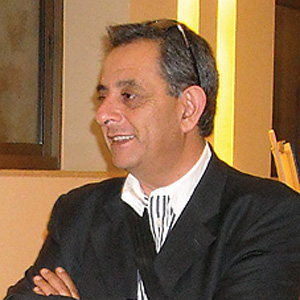Gaza, a holiday destination
It is sad that when the word Gaza is mentioned, siege, war, air strikes, poverty, misery, and many more negative terms jump to mind. It’s also true that, for some people –Palestinians, at least – the words resistance, pride, steadfastness, the March of Return, and other more positive terms are associated with Gaza. But overall, the negative by far overweighs the positive.
It’s hard to remember or even imagine that it was not always like this. A few days ago, Laila Shawa posted on Facebook a photo of the grand cinema in Gaza built by her late father Rashad in 1940. She later posted an image of a 1941 advert for a high-profile film featuring Um Kulthum, the Arab world’s diva.
After being dispossessed of the home her father had built in Mandelbaum, Jerusalem, a few years prior to 1948, my mother-in-law, Laura Baramki, along with her two brothers Gabi and George ended up living in Gaza for a few years in the early fifties. She says that life was “normal” then. Despite economic hardship, people went out freely. “We used to go often to the cinema, we went swimming in the sea, girls went to school alone by bus, and we even had parties.”
For me personally, no matter how Gaza is mentioned in the news, the image of Gaza being a holiday destination is simply etched in my mind. I particularly remember one such holiday with my family and some friends that must have been in the early seventies. I recall a Doctor Natsheh, from Hebron, along with his French wife and daughter being on that trip. We stayed at one of the better hotels in Gaza, then called Abu Hueidi (Cliff) Hotel. It actually looked more like a cardboard box, and it offered amenities that, as far as I remember, were just one step up from the mere basics. But it was truly lovely. We knew what to expect and were the happiest hotel guests. The early morning swim then the breakfast at the cafeteria-style restaurant were the highlight of the trip.
The intended purpose of putting out this special issue of This Week in Palestine, themed “Sustainable Gaza,” is mainly to attract attention to and highlight the dire needs of Gaza today which are confirmed by practically all United Nations agencies and other organizations working there. A United Nations report published in 2015 warned that Gaza could become uninhabitable in 2020, after the more than a decade-long blockade that has crippled its economy and infrastructure. In fact, as one of our authors in this month’s issue points out: Gaza is already uninhabitable. A prison-like ghetto can never be considered fit for habitation!
The content of the issue, however, focuses on what is being implemented in Gaza and on ideas regarding the best means to solve the problems of housing, energy sources, water, etc. I would like to thank again the UNDP/PAPP for sponsoring this issue that has transformed our intended purpose into reality. It is worth mentioning that the UNDP/PAPP are doing their utmost in Gaza to alleviate some of the suffering. We commend them on their sincere efforts.


